The risk of sunburn increases in the mountains. For one thing, many people are less aware of the sun because it is cooler and windier overall – so they neglect sun protection accordingly. On the other hand, the radiation per meter of altitude increases. In addition, if you are moving on a glacier, the reflection of the radiation can be an additional risk factor.
Therefore, you should not underestimate the sun – even if a fresh wind is blowing. In this article, we will share 11 tips for optimal sun protection for hikers.
When hiking in the mountains, wearing a T-shirt, trousers and a sun hat will effectively protect you from the sun. But be careful: cotton clothing, unlike polyester, provides very little UV protection. Stay tuned for more tips about sun protection for hikers.
You need to protect not only your skin but also your eyes from the sun’s rays. A good pair of sunglasses can be recognized by the CE marking or the suffix UV400. So when getting ready to go hiking, do not forget to bring in your sunglasses too.
Using the right sunscreen is part of every trip to the mountains or beaches! When doing so, make sure you choose the right sun protection factor. The sun protection factor (SPF) shows how strong and how long a sunscreen protects your skin. Depending on the color of your skin, hair and eyes, there are individual skin types.
- Light type (light skin, blond or red hair, possibly freckles): at least SPF 30-50 +.
- Mixed type (light to light brown skin, dark blond or brown hair): min. SPF 30
- Dark type (olive to brownish skin tone, brown to black hair, brown eyes): min. SPF 20
Regardless of the time of day and UV intensity, babies should not be exposed to direct sunlight at all. Given their particularly thin, sensitive skin, it is important to ensure a high sun protection factor and thorough sun protection – even if your baby or child is in the shade.
Between 11 a.m. and 3 p.m., UV radiation is at its strongest everywhere you go – so it’s better to stay in the shade at midday! Experienced hikers always stop to rest between these hours.
A sunscreen’s sun protection is for a limited time. If you are a very light skin type, for example, and your sunscreen has a sun protection factor of 15, the sun protection will only last 150 minutes. So you should bear this is mind when going out to mountain or a beach.
When applying sunscreen, don’t be sparing. The rule for sunscreen is: a lot helps a lot. An average adult needs about 35 grams of sunscreen (about four tablespoons). This is very important as it helps to protect your skin from the sun.
There is a time lag before sunscreens protect against UV radiation. A number of UV filter substances need a certain lead time to take effect. For this reason, apply sunscreen about 20 to 30 minutes before sunbathing. Stay tuned for more tips about sun protection for hikers.
- Also read: All You Need to Know About Covid Vaccine
Claims like “100% protection” or “sunblocker” may sound tempting at first, but in fact they are dishonest. The skin is always exposed to a certain amount of UV radiation – even when using sunscreens. For this reason, we recommend that you avoid using fake sunscreens.
Are you a professional hiker and know more tips about sun protection for hikers? Let us and other fellow hikers know about them in the comments section below, and don’t forget to share this with your hiker friends.
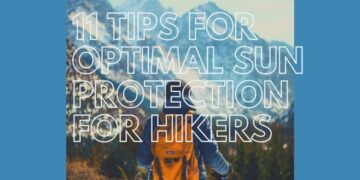







































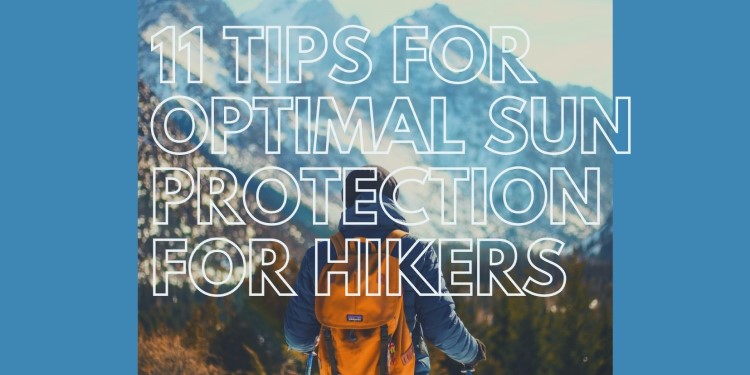
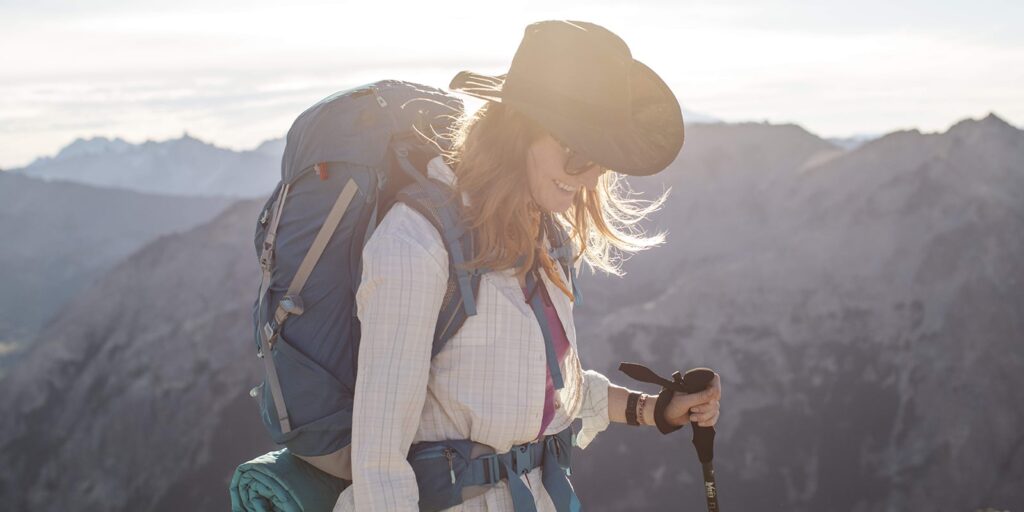
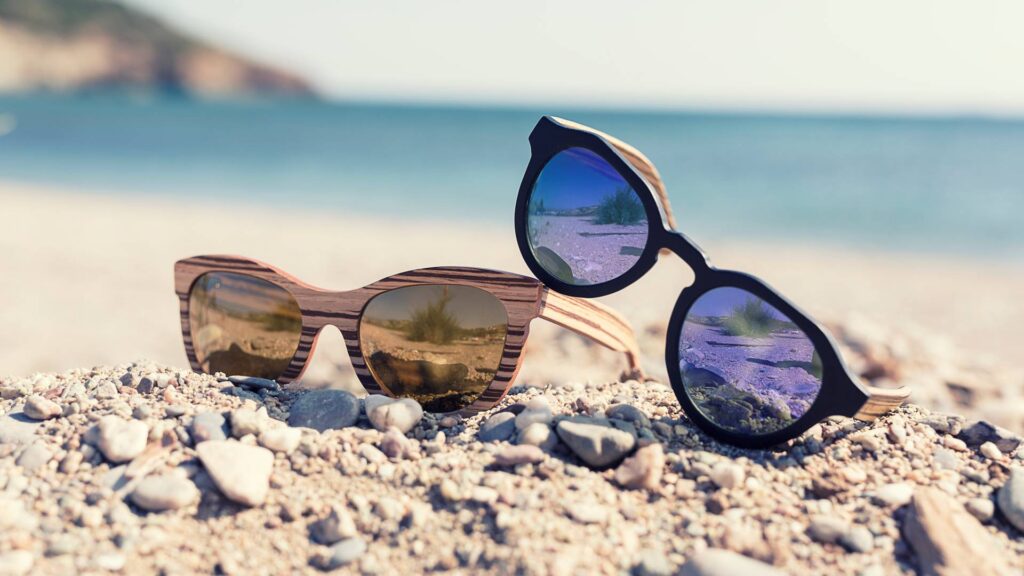
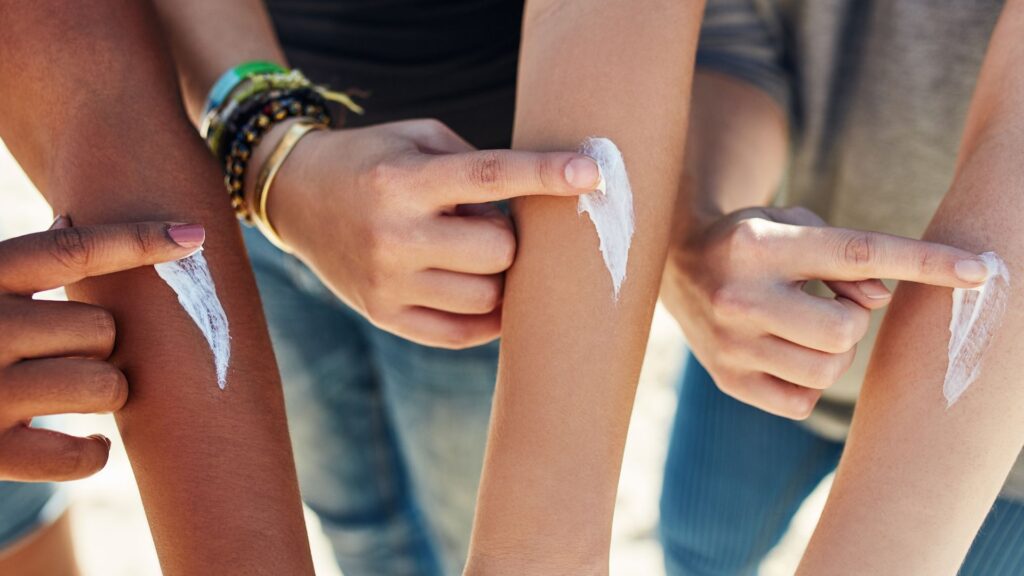
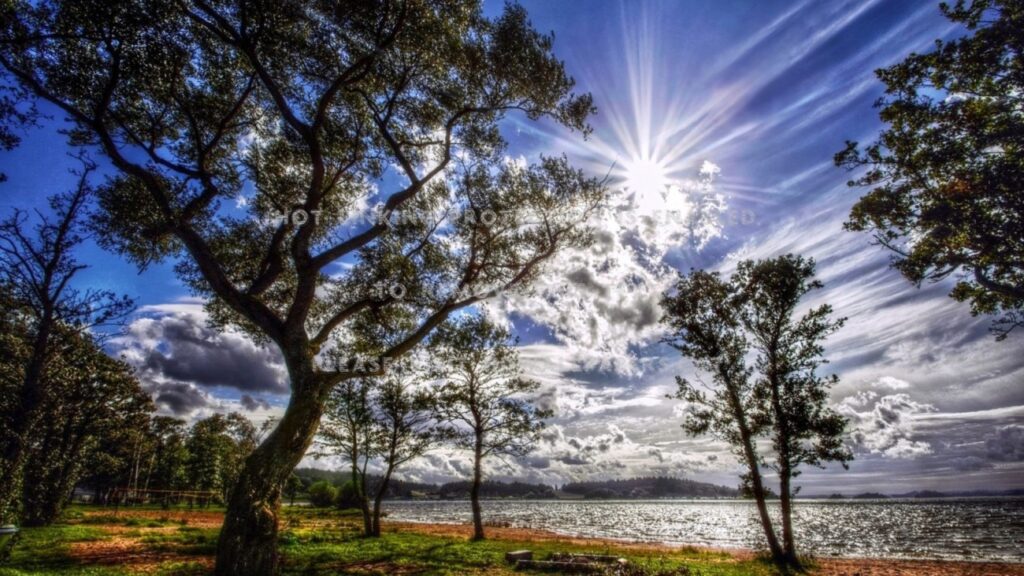
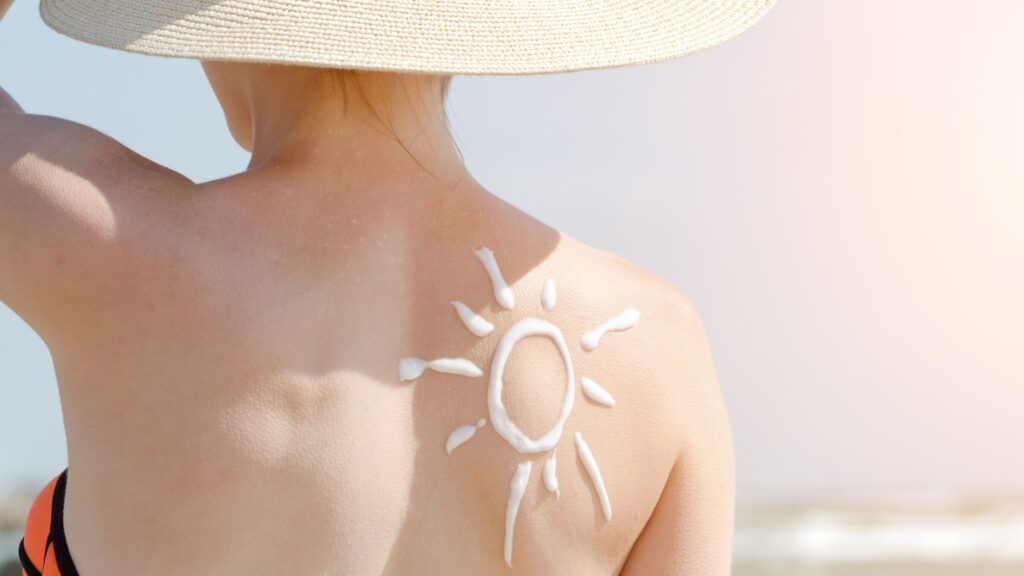
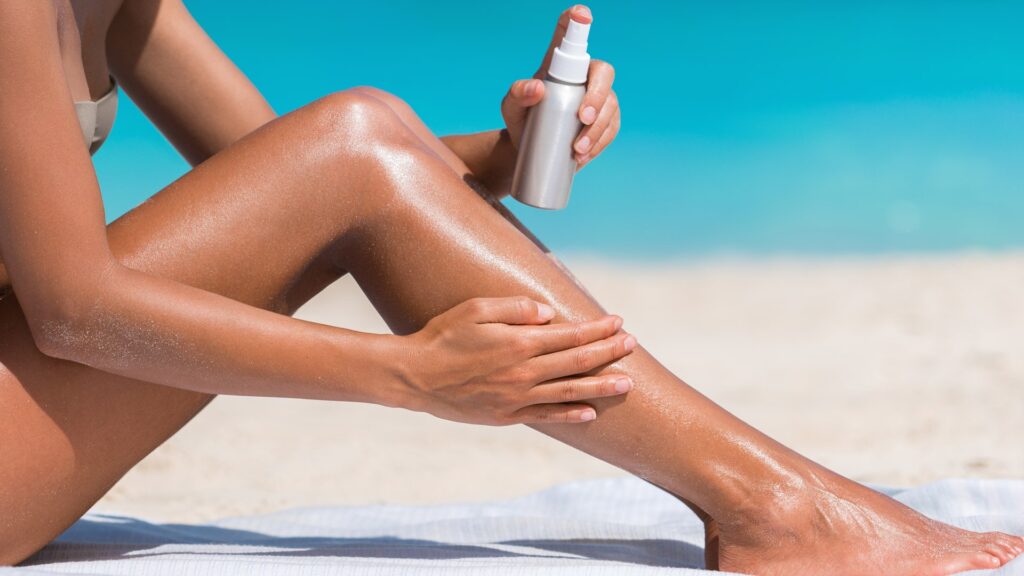
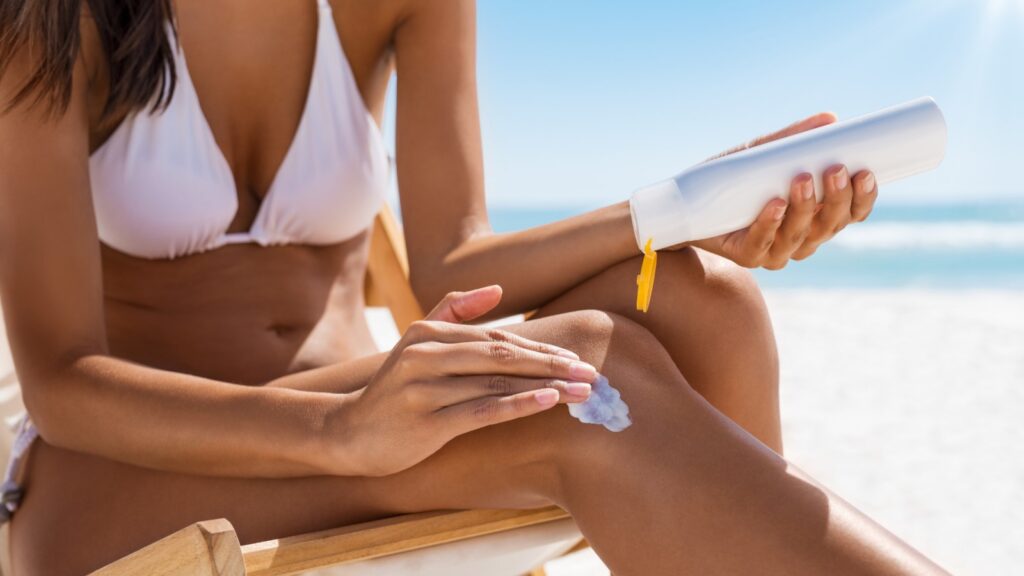
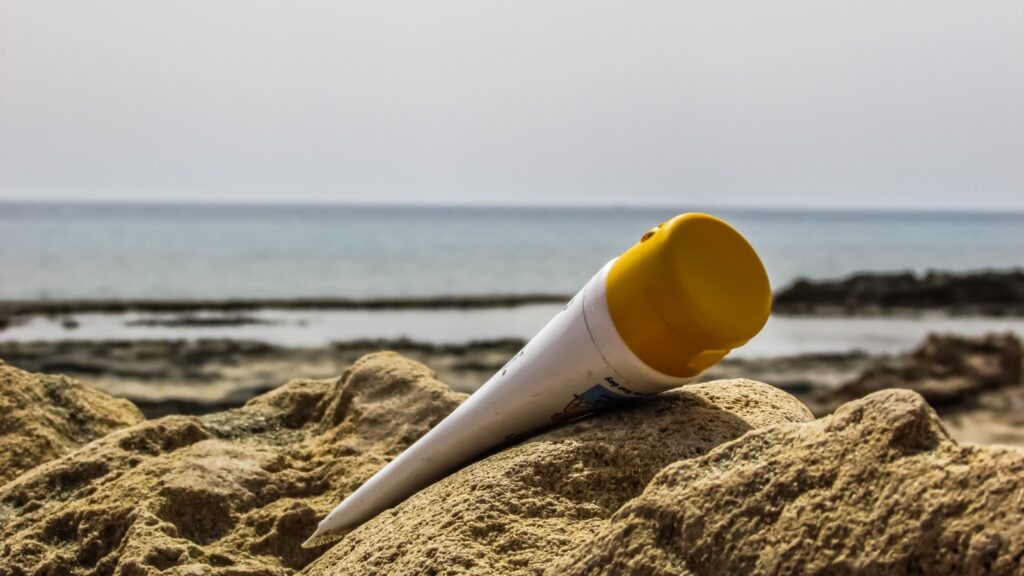








Discussion about this post